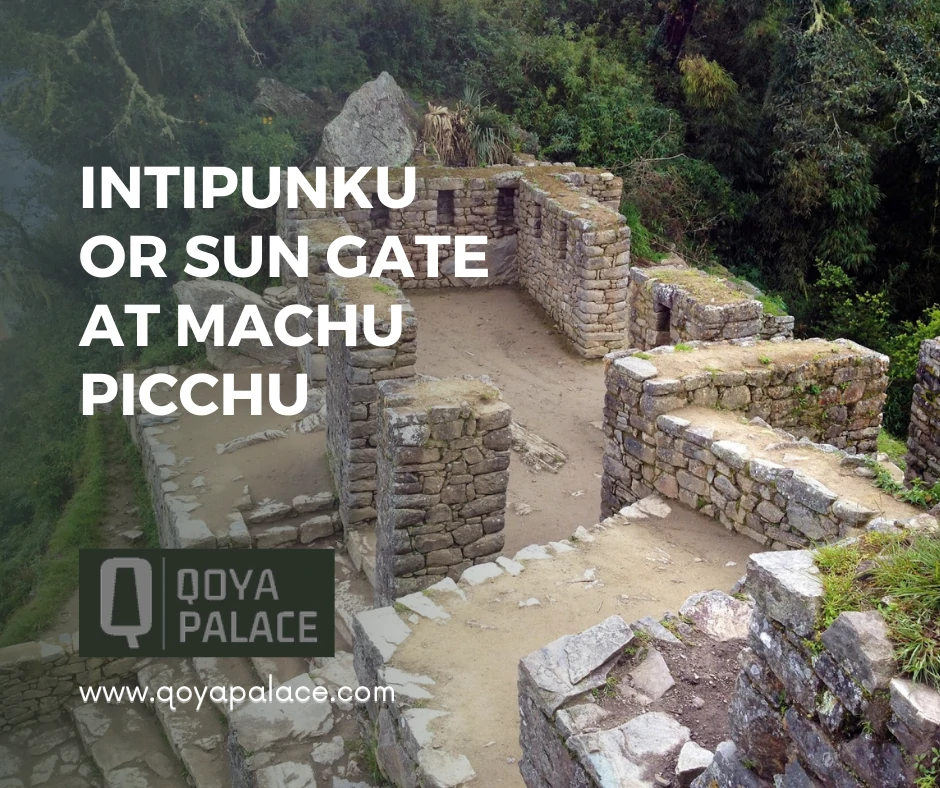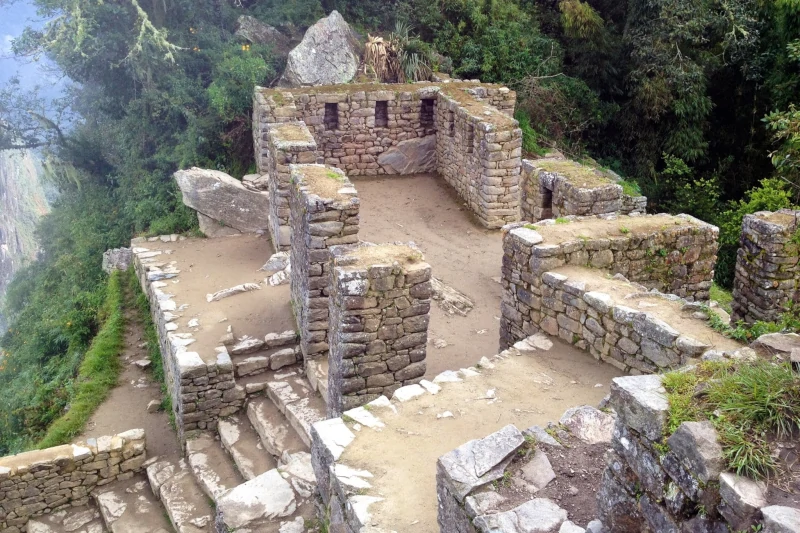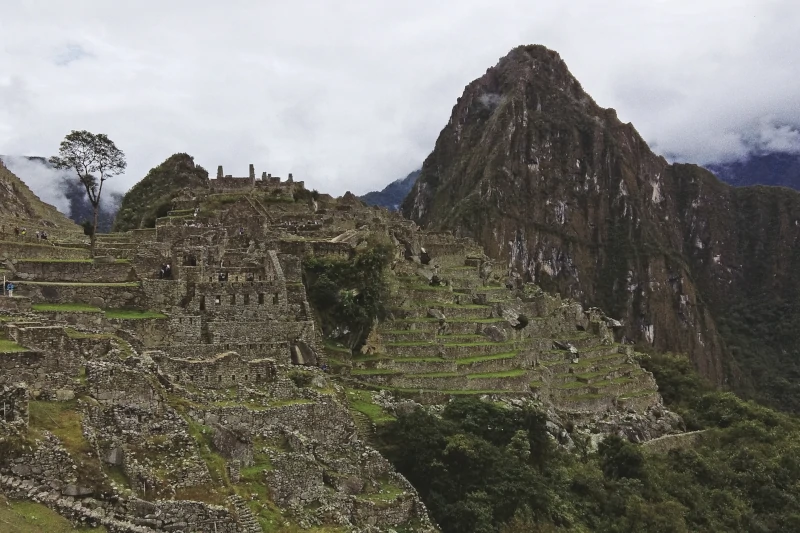
Intipunku or Sun Gate at Machu Picchu
Nestled high in the Andes Mountains of Peru, the ancient Inca city of Machu Picchu stands as an awe-inspiring testament to the architectural prowess and ingenuity of its creators. A place shrouded in mystery and wonder, it captivates the imagination of countless visitors every year.
One of the most iconic landmarks of this lost city is the Intipunku, or Sun Gate, a remarkable structure marking the end of the Inca Trail and the entrance to Machu Picchu. In this article, we delve into the history, significance, and magnificence of the Intipunku, exploring its role in the Inca civilization and how it continues to fascinate modern-day explorers.
History and significance of the Intipunku
The Intipunku, also known as the Sun Gate, is a stone structure located at the entrance of Machu Picchu. The Intipunku is one of the most famous and beloved tourist destinations in the world. This gate was constructed by the Inca Empire. The Inca Empire was a powerful pre-Columbian civilization that ruled over the Andean region of South America. This empire existed from the early 13th century until the arrival of the Spanish in the 16th century.
The Intipunku served as a watchtower and checkpoint for the Inca Trail. The Inca Trail is a 26-mile hike that starts in the Sacred Valley and ends at Machu Picchu. This trail was used by the Incas for trading, religious ceremonies, and other important events. Along the trail, hikers can see many ancient ruins and structures, such as Wiñay Wayna.
The Intipunku had great historical and cultural significance for the Inca people. It is believed that the gate was built during the reign of Pachacuti, the ninth Inca ruler. This legendary Inca Emperor is credited with expanding the Inca Empire to its greatest extent. The Intipunku was also a sacred site for the Incas, who believed that the sun god, Inti, would pass through the gate each year during the winter solstice.
Today, the Intipunku is a popular destination for tourists. Visitors come from all over the world to experience the history and beauty of Machu Picchu and the Inca Trail. Also, it is a testament to the ingenuity and craftsmanship of the Inca people, who were able to construct such impressive structures without the use of modern technology. The Intipunku is an important part of the cultural heritage of Cusco and the Sacred Valley. Thus, it continues to inspire awe and wonder in all who visit it.

Architectural and engineering features of the Sun Gate
The Intipunku or Sun Gate at Machu Picchu is a remarkable feat of architecture and engineering. This ancient Inca gate is trapezoidal in shape and is made up of large, precisely cut stones that fit together seamlessly. The stones were quarried from a nearby mountainside. Then, these building materials were transported to the site without the use of wheels or pack animals.
The precision of the stonework at the Intipunku is truly remarkable. Its stones are cut so precisely that they fit together without the need for any mortar. The Incas used a technique called ashlar masonry. In this building technique each stone is cut to fit perfectly with the stones around it. This technique gave the Incas the ability to build strong and durable structures that have withstood the test of time.
The Intipunku is not only impressive in its design and construction, but it is also an important part of the larger architectural plan of Machu Picchu. The gate marks the entrance to the city and provides a stunning view of the surrounding landscape. It is believed that the Incas used the gate as a way to control access to Machu Picchu. Thus, the Intipunku created a sense of grandeur for those who approached the city.
The architectural and engineering features of the Intipunku are a testament to the ingenuity and skill of the Inca people. They were able to build structures that not only served practical purposes but also were beautiful and awe-inspiring. Today, the Intipunku continues to inspire wonder in all who visit it. Thus, it is an important reminder of the rich cultural heritage of the Inca Empire.

Experiencing the Intipunku and the Inca Trail
Hiking the Inca Trail to Machu Picchu and experiencing the Intipunku is an unforgettable experience. The Inca Trail is a 26-mile hike that takes four days to complete. Also, it is one of the most popular treks in South America. The trail winds through the stunning Andean Mountains. Also, it passes through ancient ruins, providing hikers with breathtaking views of the surrounding landscape.
Arriving at the Intipunku is a highlight of the Inca Trail. As hikers approach the gate, they are met with stunning views of Machu Picchu and the surrounding mountains. Thus, it’s a truly awe-inspiring moment, knowing that you have completed a challenging hike and are about to explore one of the world’s most famous archaeological sites.
After passing through the Intipunku, hikers can explore Machu Picchu and marvel at the incredible stonework and engineering of the Inca civilization. Also, the site is expansive, and there is much to explore, from the Temple of the Sun to the terraced fields that were used for agriculture.
Preserving the Intipunku and the Inca Trail is essential to ensuring that future generations can experience the same sense of wonder and awe that visitors feel today. The Peruvian government has implemented measures to limit the number of hikers on the trail and to preserve the fragile ecosystem surrounding Machu Picchu.
Experiencing the Intipunku and the Inca Trail is a once-in-a-lifetime experience that should not be missed. The history, architecture, and natural beauty of the region make it an unforgettable journey that will stay with you long after you return home.





